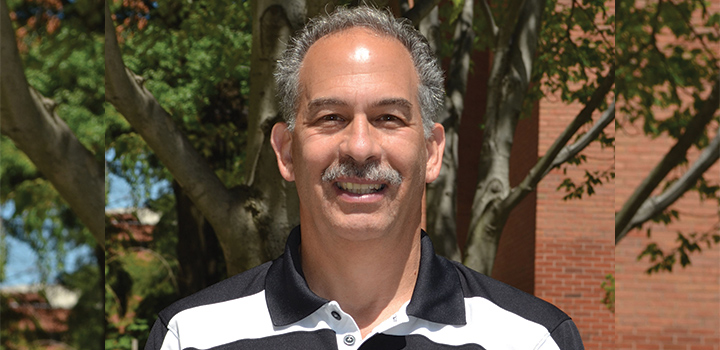In the January/February 2024 issue, Gary Wohlstetter, the senior associate Athletic director, Recreation and Physical Education at the University of Maryland, Baltimore County (UMBC), shares advice on revenue-generating aquatics programs.
Can you share a brief overview of the aquatics facilities at UMBC?
GW: The UMBC Aquatic Complex is one of the premier swimming facilities in the state of Maryland and includes both indoor and outdoor pool complexes. The indoor heated pool complex features an eight-lane, 25-yard pool and a separate 13-foot diving well with two 1-meter and one 3-meter springboards. The outdoor pool complex consists of a heated, Olympic size, eight-lane, 50-meter pool, which can be converted to 20 lanes, 12 of which measure 25-yards and an additional eight 25-meter lanes. The UMBC Aquatic Complex is part of the Retriever Activities Center.
What are your top revenue-generating aquatics programs?
GW: We have multiple aquatics programs generating revenue for our department:
- The Retriever Aquatics Club, an age group swim team for boys and girls ages 6 to 17 trains year-round and competes in local, regional and national meets.
- Maryland Masters is an adult-oriented swim program combining instruction with competitive training. It’s great for athletes, competitive swimmers and fitness swimmers with dedicated lanes and professional coaching.
- Rental of both the indoor and outdoor pool for swim meets and practice sessions for local swim teams and camps.
- Swim lessons and stroke clinics for youth and adults who want to learn how to swim or improve on their techniques. It’s a springboard program where advanced swimmers can graduate to one of our competitive swim programs.
- Scuba diving certification.
How did those start?
GW: Most programs started 25-plus years ago with a small group of Athletics staff creating an entrepreneurial group within which I coordinated. It was a group with many out-of-the-box thinkers looking at ways to connect with the community while providing opportunities for engagement and building a “friends base” to support all our programs.
The pandemic caused all our groups to pause or stop completely in early 2020. In 2022, we began to rebuild our programs. It was a tremendous team effort which is now paying dividends, as our programs are as robust as ever. It also moved us to online registration/payment processes for most programs.
How have you successfully generated revenue through these programs?
GW: Building relationships within the community. Marketing through social media — primarily Facebook — and local print advertising, website and, most of all, word of mouth. Parents in the community speak to each other while sharing information. We are very fortunate to have excellent leaders, program directors and instructors. If you’re providing quality service and have strong customer service, you have the foundation for excellent programs.
Keep in mind, it’s not a foolproof formula as there is competition in the area and other quality programs. I truly believe the community connects with college/university campuses. The university setting is comforting and safe to parents. It’s exciting for the young children to be on a college campus and see Division I athletes as their instructors. Success breeds success.
What advice can you give to other campus rec professionals looking to generate revenue through aquatics?
GW: You must think outside the box and have a really organized program that meets the needs of the community and not what’s easiest for you to provide. If you’re offering programming when your participants are not available, you won’t have great success. Adjust and adapt to the voices of your participants. Listening to their needs and providing high-quality, affordable service is a key. Have information available, do outreach and have responsive communication.










